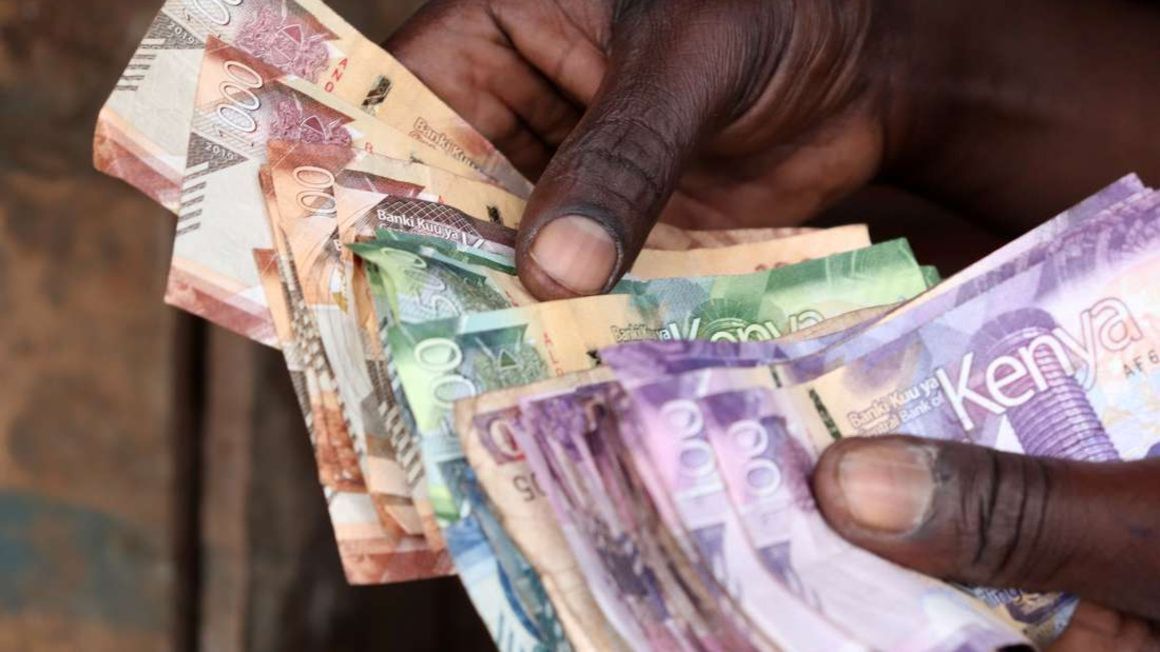A trader at Muthurwa market in Kenya’s capital Nairobi counting money after the day’s sales. The local currency has depreciated to trade at 113 units to the dollar from 100 units to the greenback in February 2020 – a month before the country registered its first case of coronavirus. PHOTO | FILE | NATION MEDIA GROUP Net foreign assets (NFA) refer to total foreign assets held by banks and the Central Bank of Kenya (CBK) minus foreign liabilities of the institutions.
Stable or growing net foreign assets are likely to increase the relative value of the Kenyan shilling while the opposite could lead to a drop in the local currency’s value.
The recent drop is the biggest decline in the assets, which had grown from lows of $262.8 million in 1993 to highs of $7.75 billion in the first half of 2021.
Kenya’s net foreign assets dropped by $763 million in the year to September, the biggest decline yet, indicating that local financial institutions liquidated some of their overseas portfolios.
Net foreign assets (NFA) refer to total foreign assets held by banks and the Central Bank of Kenya (CBK) minus foreign liabilities of the institutions.
“Net foreign assets declined from $6.58 billion as at end of September 2020 to $5.81 billion as at end of September 2021,” the Kenya National Bureau of Statistics (KNBS) said in its third quarter GDP report.
Stable or growing net foreign assets are likely to increase the relative value of the Kenyan shilling while the opposite could lead to a drop in the local currency’s value.
A stronger shilling helps to lower the cost of imports, with Kenya shipping in a wide range of consumer and capital goods such as petroleum products and industrial machinery. A weaker shilling contributes to inflation but may benefit certain players such as exporters, whose goods become cheaper for foreign buyers. Biggest drop
The assets indicate whether a country is a net creditor or a net debtor. Kenya was a debtor country between 1982 and 1992 when its financial institutions owed foreigners more money than they owned abroad, according to data from the World Bank.
The recent drop is the biggest decline in the assets, which had grown from lows of $262.8 million in 1993 to highs of $7.75 billion in the first half of 2021.
The Treasury has attributed the decline in the foreign assets to a reduction of CBK’s foreign currency reserves besides […]
